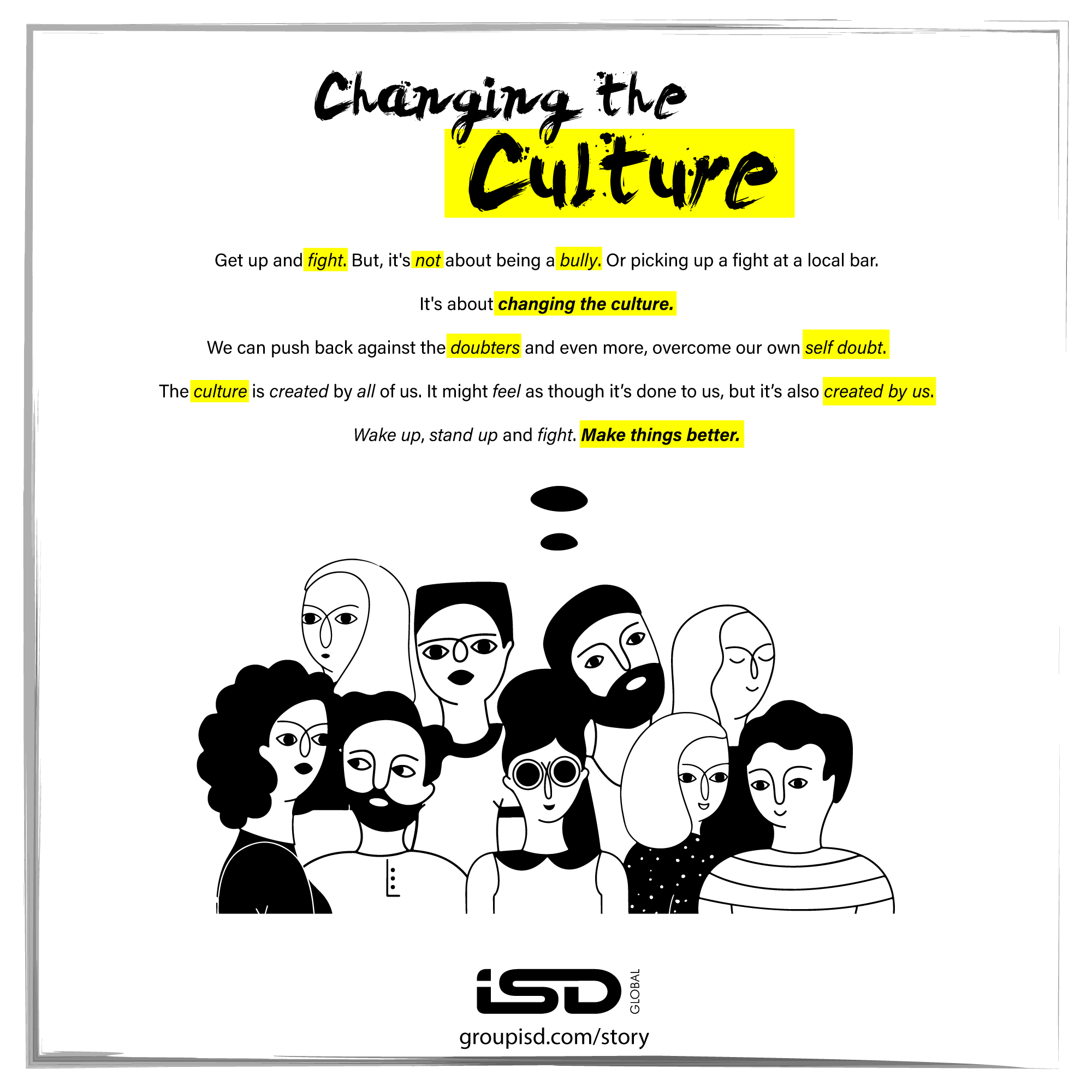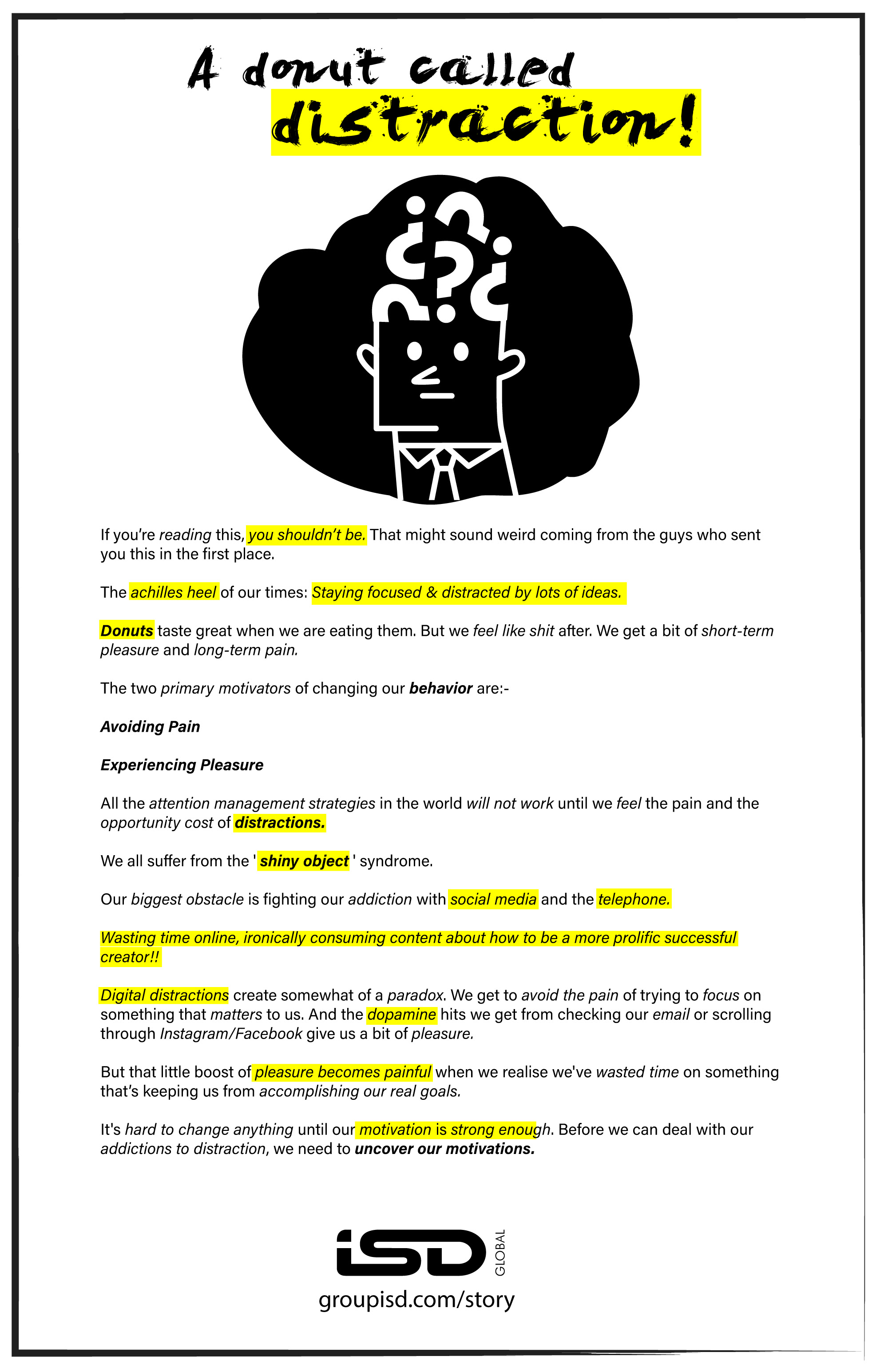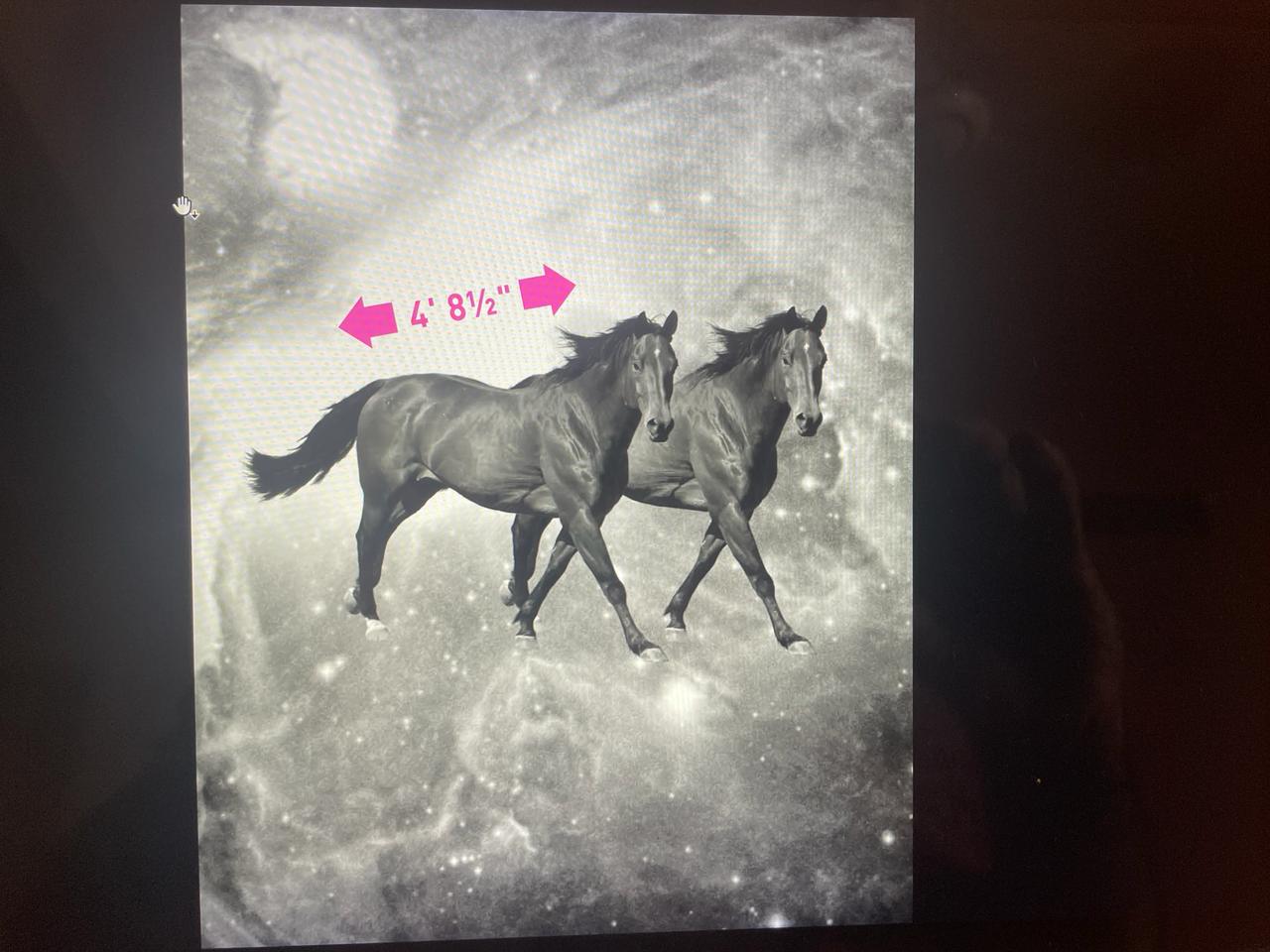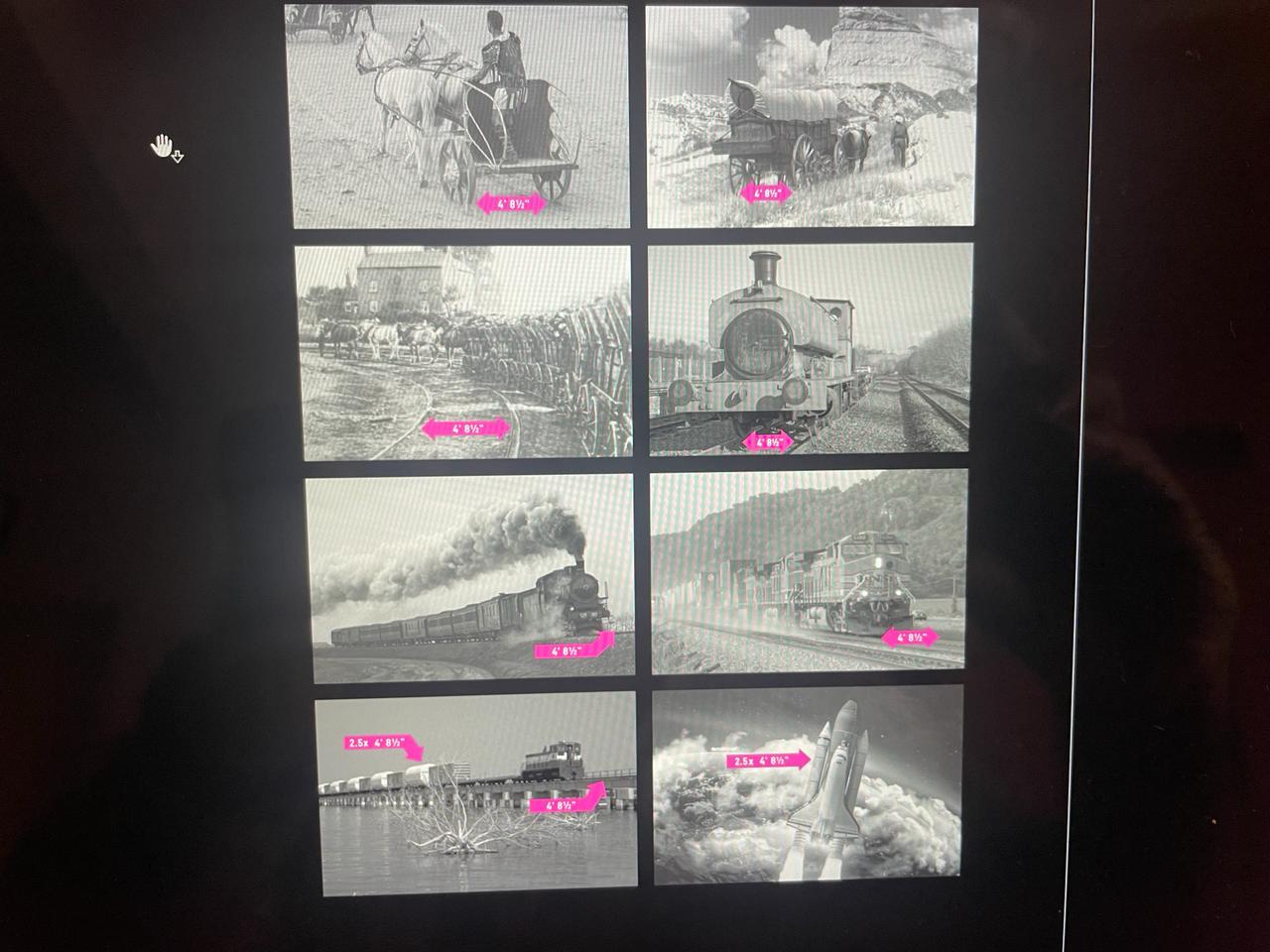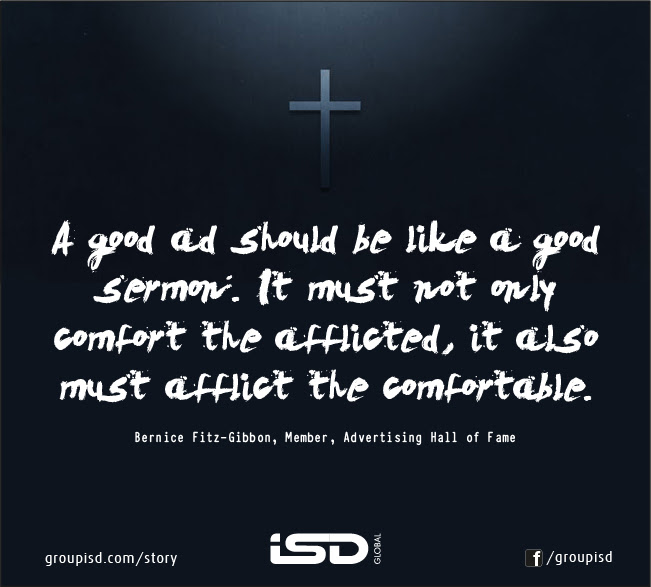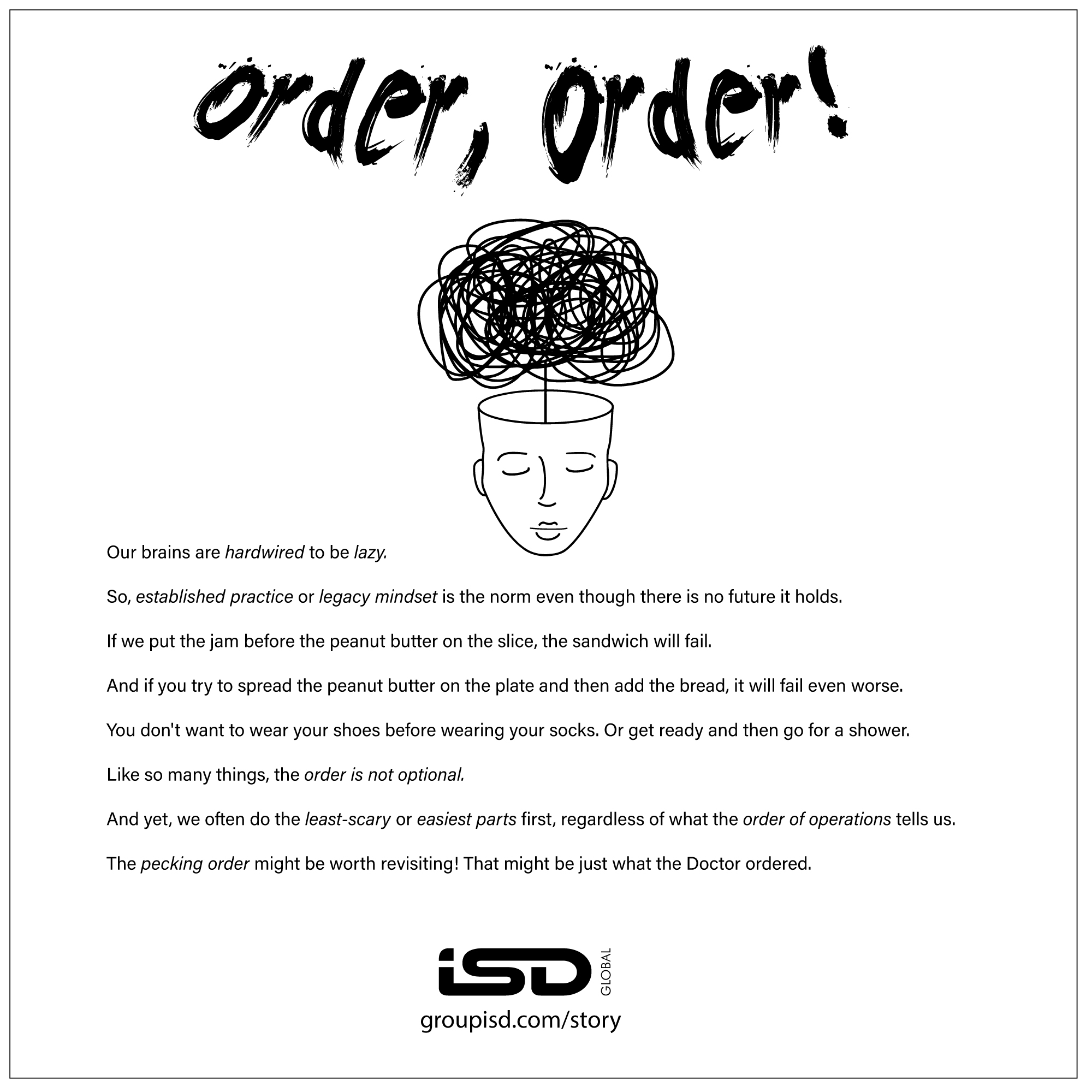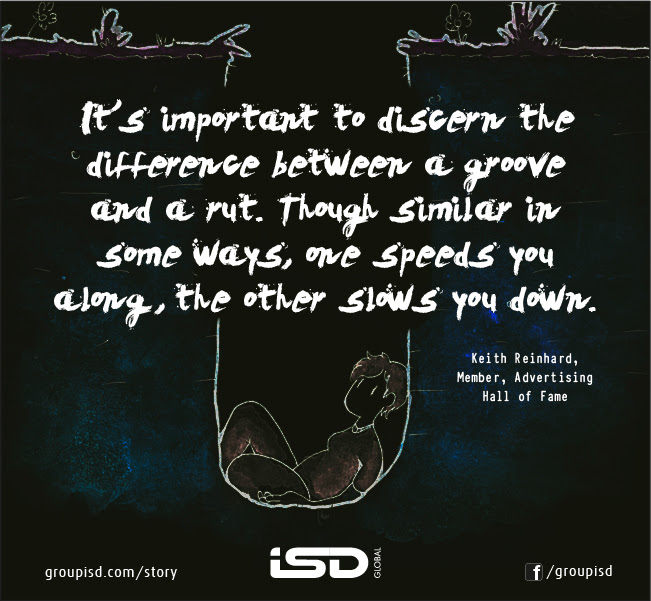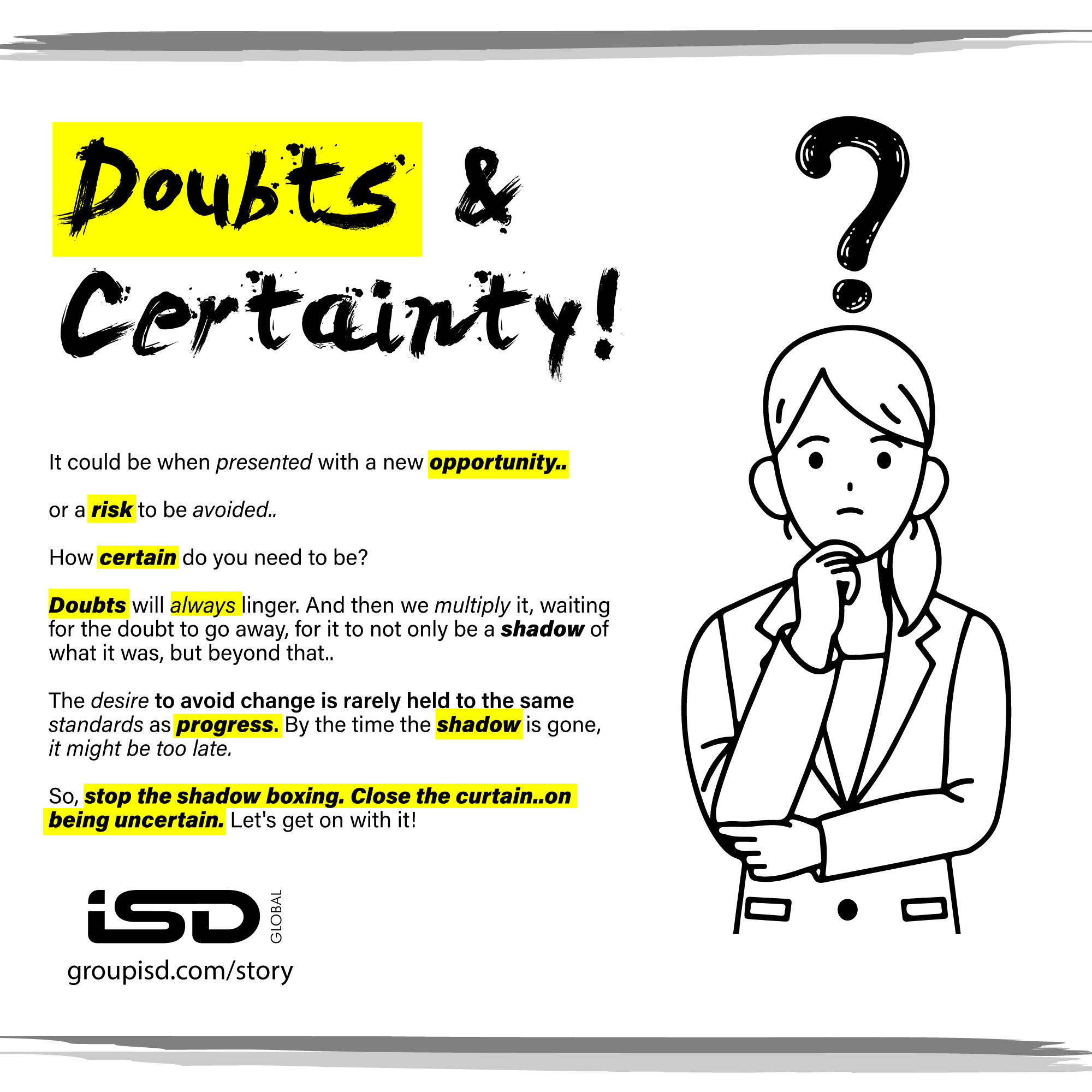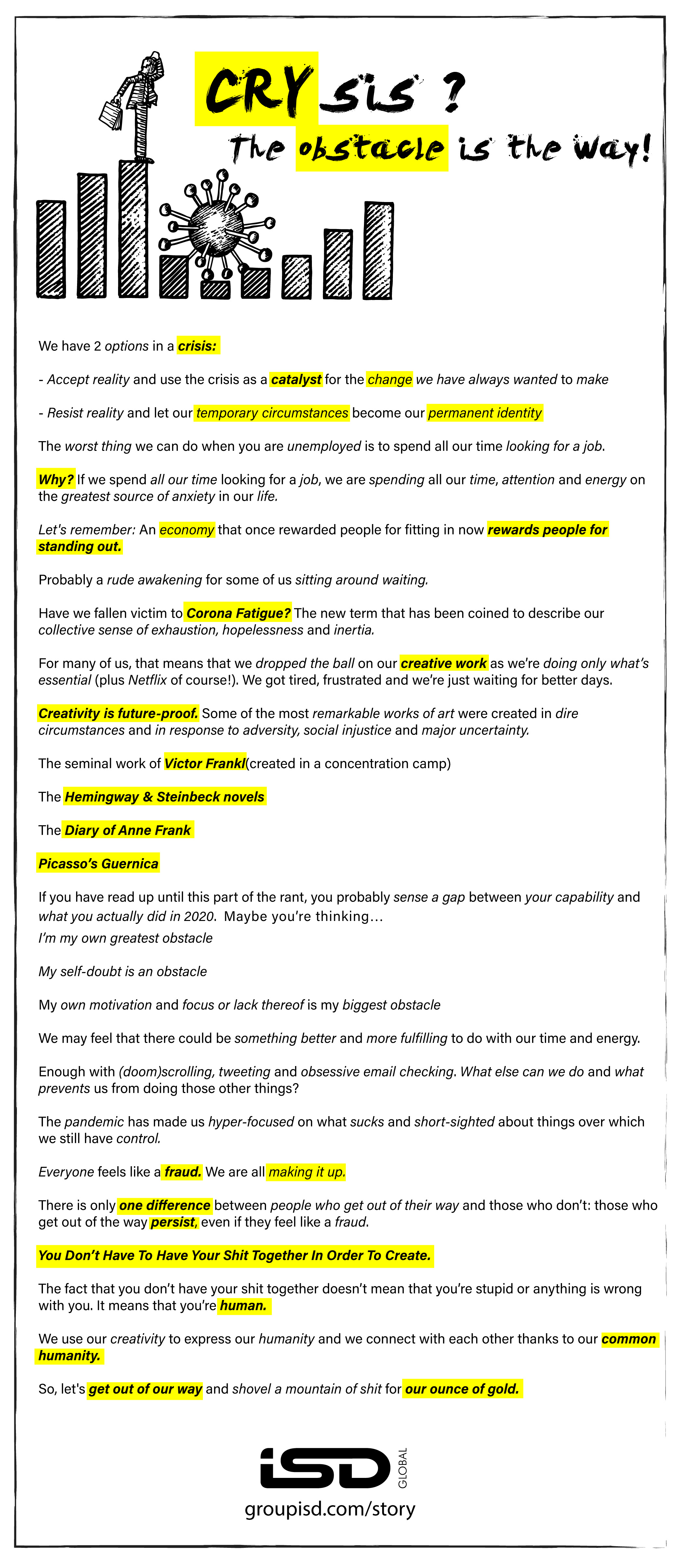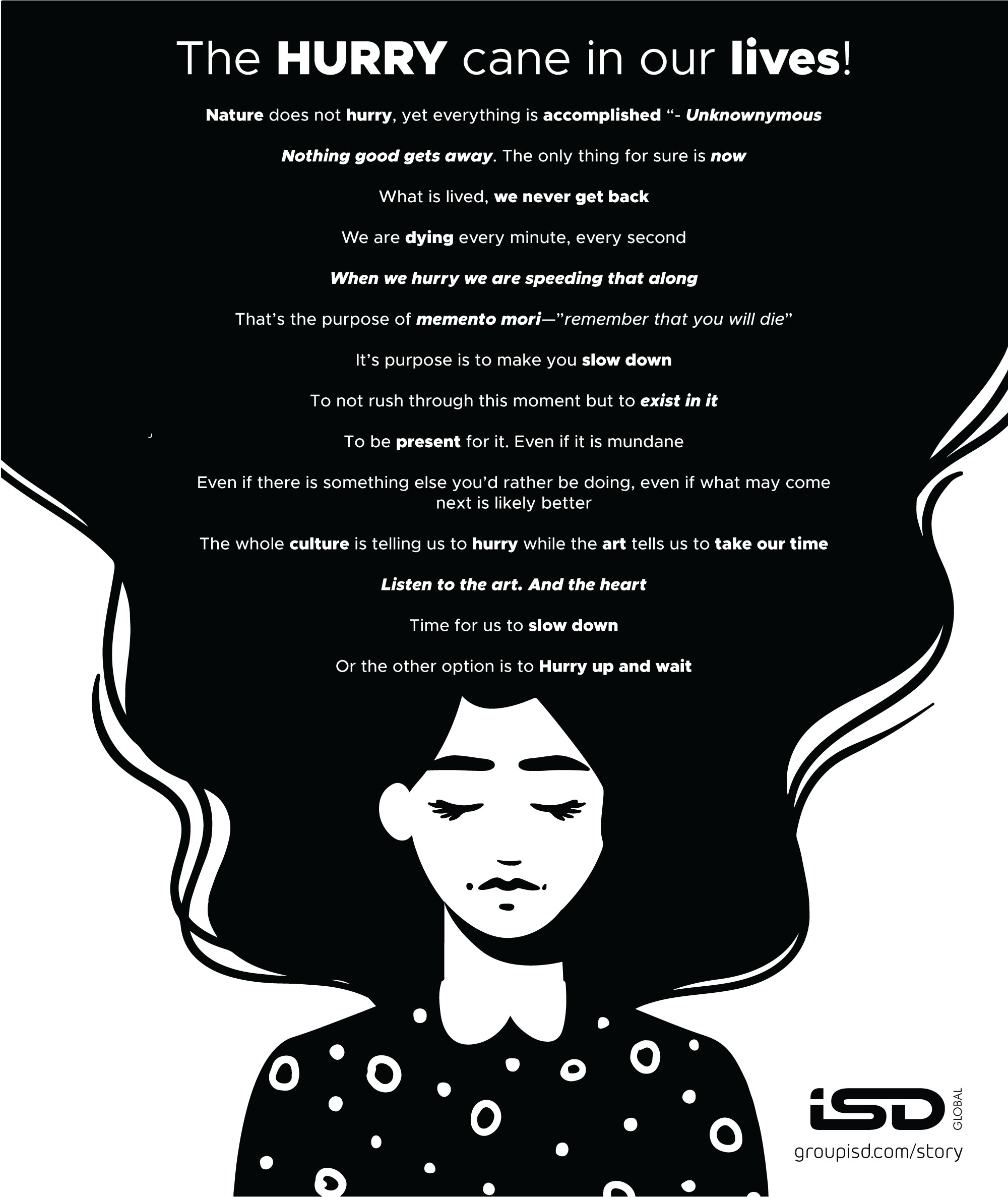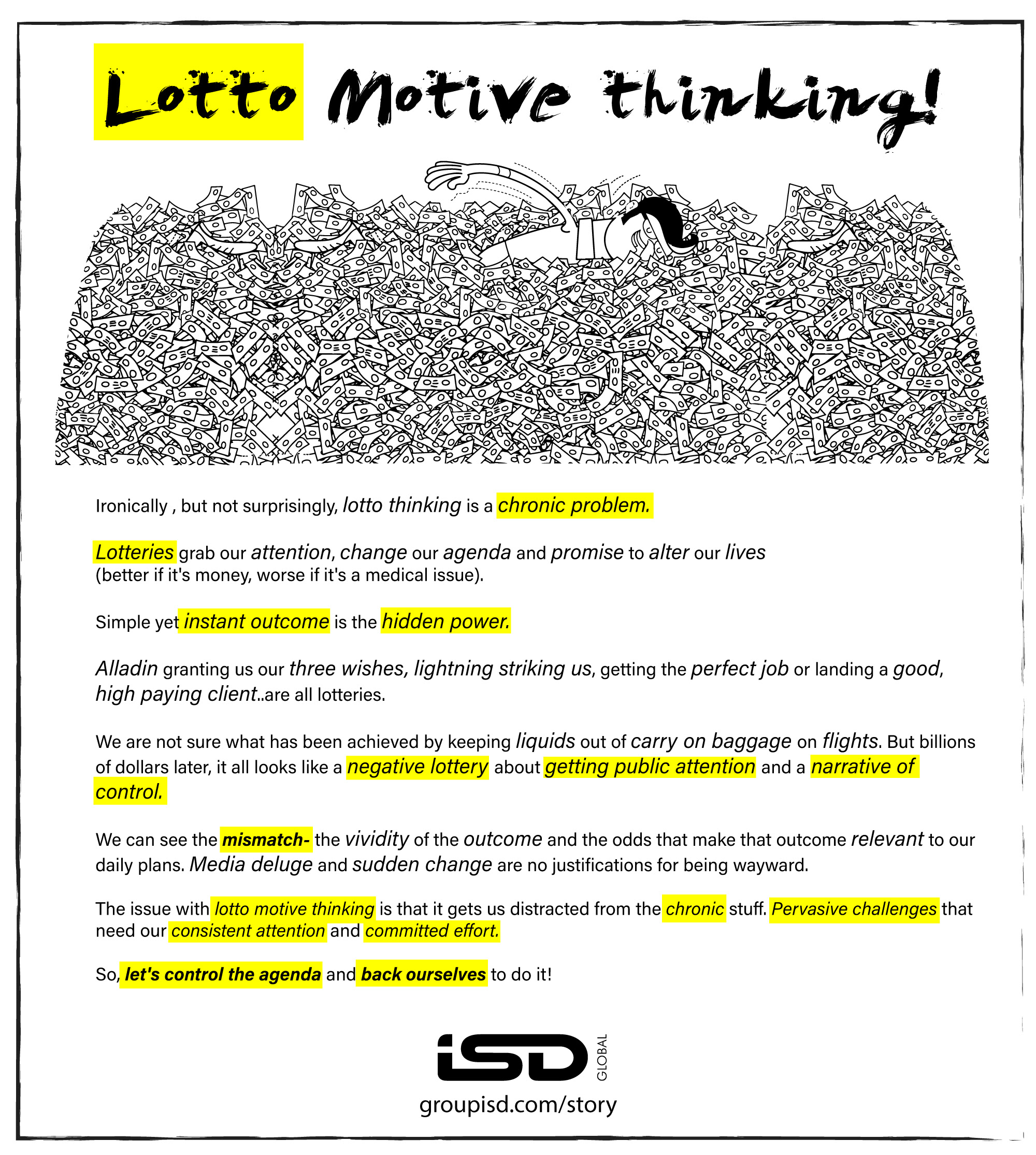There used to be this fabulous guy, of all places, at the international arrivals airport hall of the Newark(New Jersey) airport who sang, yes sang -weary travelers towards the baggage claim area at 6 am.
Talent– what a word!
I love the word. So different and far removed from the over fatigued:-
” employees “
” personnel “
” human resources “
Talent! Just hearing the word makes you feel like doing chest bumps, offering the high five. Uttering it makes you puff up and feel good about yourself.
You love the word because the adjacent images that come to mind include Zakir Hussain playing(toying with?) the tabla, Yo Yo Ma on the cello. Gene Hackman in total control of a scene. Lata Mangeshkar in crooning glory. Pavarotti in full throttle. The quintessential Kevin De Bruyne sublime assist. And Michael Jordan ” parting the waters ” … and making that famous last shot that won the Chicago Bulls their sixth NBA Championship during his tenure with the team.
Talent! What a word!
To quote editor extraordinaire Tina Brown ” The first thing is to hire enough talent that a critical mass of excitement starts to grow “.
Coming to Your Local Cinema: The story thus far goes like this: We lived through the Age of Agriculture. Then the Industrial Age. The Information Age followed suit. And what has arrived on the Big Screen. The Age of Creation Intensification.
The white collar paper processing age is… long gone. Great products are not enough.(Not nearly enough). Great services are not enough. ( Not nearly enough). New bases for value-added are imperative- posthaste. And the revolution has only begun.
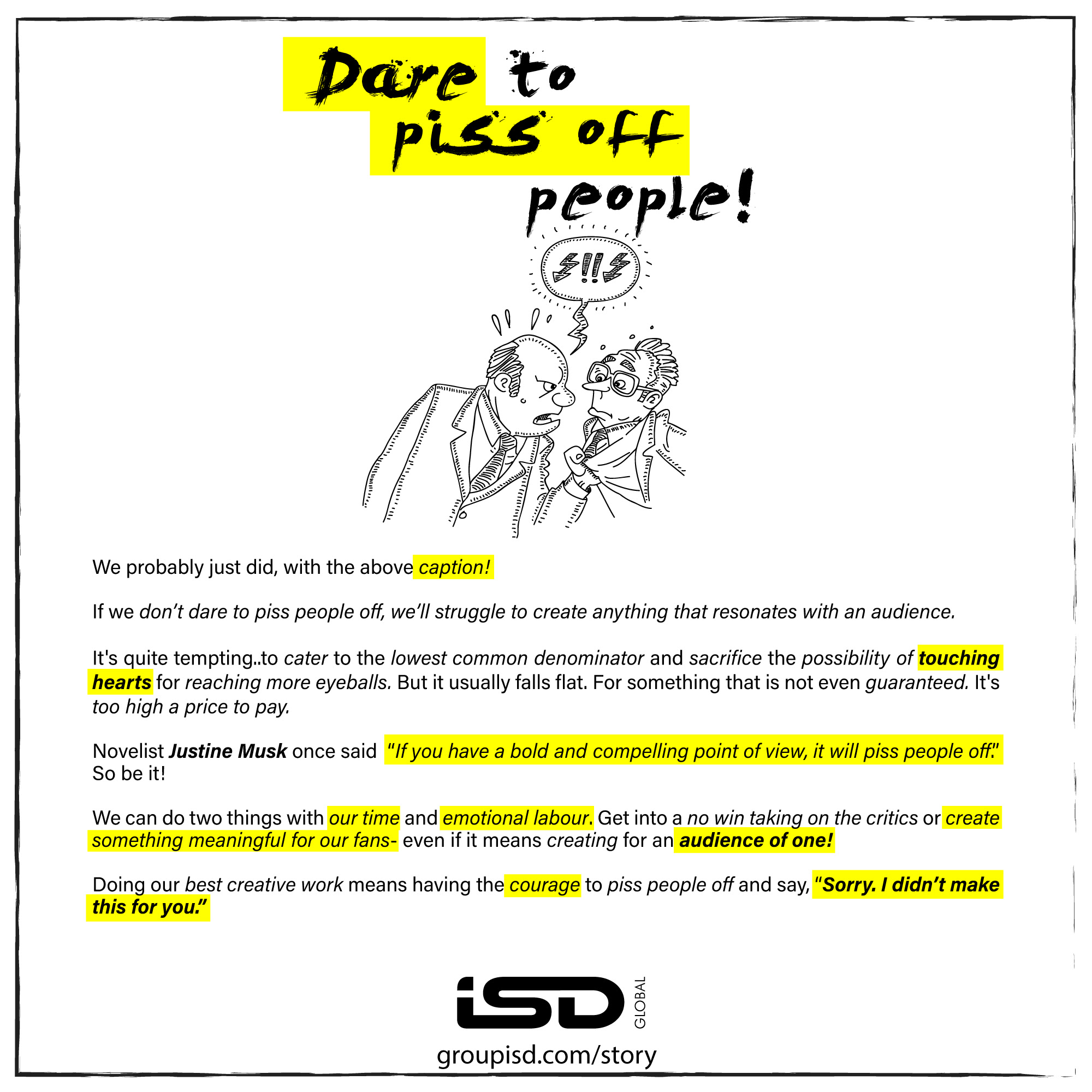
You are not going to make it in the next new forever changing dynamic with yesteryear concepts be it TQM(Total Quality Management) or Six Sigma or CI(Continuous Improvement) or any of those other New Nostrums that we so obsessively embraced 25-30 years ago. You are going to make it by providing ” Solutions “. ..” Experiences “..” Beautiful Systems “..” Dream Fulfillment “..” Design that WOWs “..” Brands that Inspire “.
And this ” new stuff ‘ is all about ” creativity “..” imagination “..” intellectual capital “. And that stuff is all about..Talent. The new technologies that undergird the white collar revolution may seem like a dehumanizing force; but, they herald the end of “grunge” work and thence a People’s Revolution. In other words, a ” Talent Revolution “.
Fundamental premise for all those who have already(or now willing to acknowledge it)- we have entered The Age of Talent. ” Okay, fine, ” I can hear you saying. ” Put people first. Been there and done that”. No..No..No!
The point being made is not about people being cool, people being important. It is that ..people(their creativity, their intellectual capital, their entrepreneurial drive) is all the hell there is.
Talent(if you are serious about it) is a 25-8-53 affair…25 hours a day, 8 days a week and 53 weeks a year. Historically, smart people have always turned to where the money was. Today, money is turning to where the smart people are.
So, time to go beyond the ubiquitous term ” we put people first ‘ which drops off every second corporate lip without hesitation. Putting people first is according a special meaning to the word ” first “. It means that ” getting the people things right”.. is alpha and omega ..and every letter, Greek or non-Greek in between.
Are you talent obsessed?
